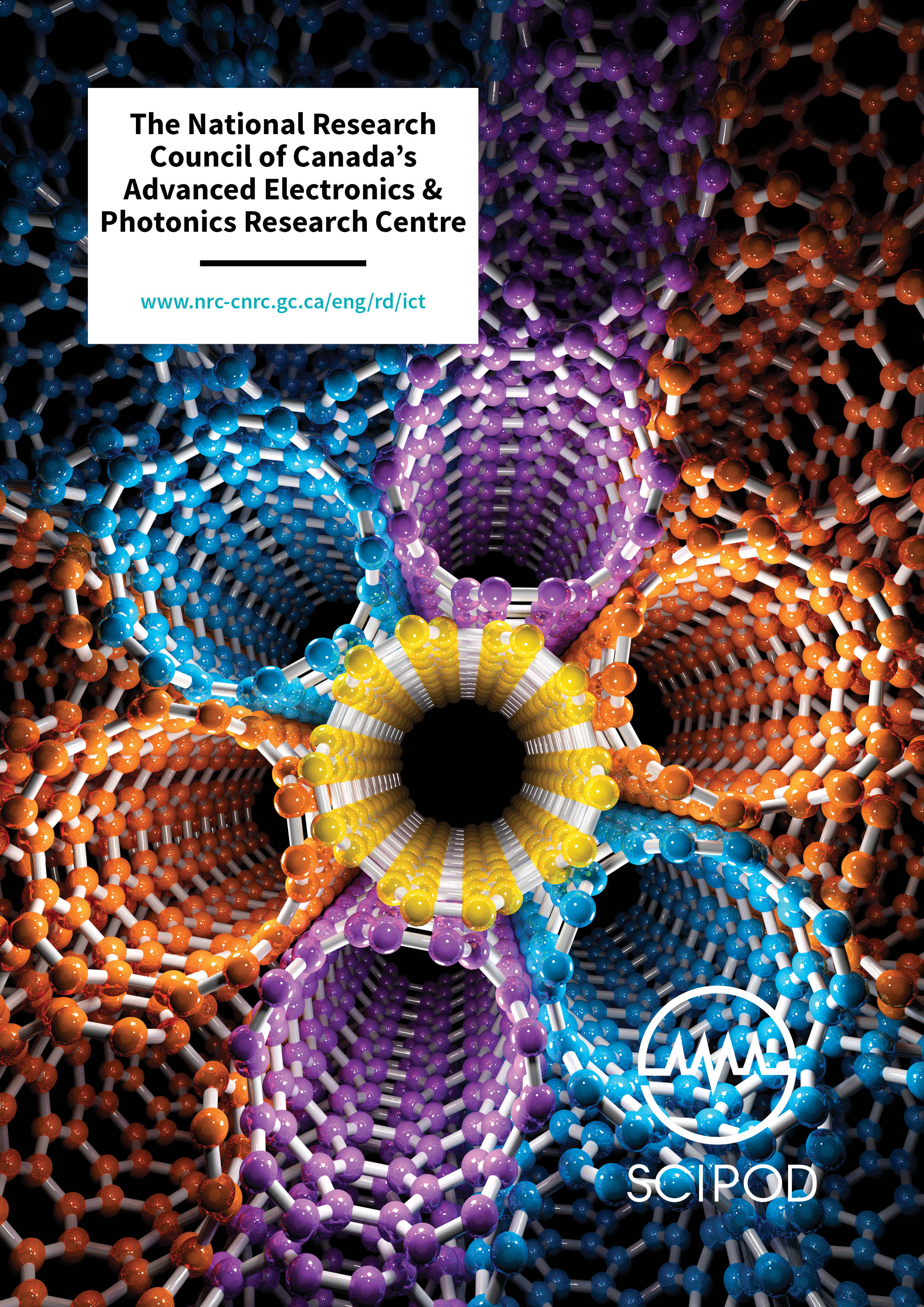The National Research Council of Canada’s Advanced Electronics & Photonics Research Centre
Headquartered in Ottawa, the National Research Council (NRC) is the primary national research and technology organisation of the Government of Canada. As one of its many research centres, the Advanced Electronics and Photonics Research Centre serves the information and communication technology industries by providing firms with access to expertise and state-of-the-art facilities. In this exclusive interview, we speak to Ruth Rayman, Director General of NRC’s Advanced Electronics and Photonics Research Centre, who tells us all about the Centre and its varied activities.
To begin, please give us a brief introduction to NRC’s Advanced Electronics and Photonics Research Centre.
The National Research Council of Canada and its Advanced Electronics and Photonics Research Centre (AEP) develop advanced sensing and communications technologies that collect and move data. The Centre enables Canada’s infrastructure and services to become smarter, creating sustainable prosperity in the digital era.
Through world class researchers and facilities, we work with academia, other research organisations and industry to discover, de-risk, develop and commercialise technologies that address economic and social challenges critical to Canada and the world. We focus on next-generation semiconductor based photonics and electronics.
 What types of research is conducted at this Centre, and for what applications?
What types of research is conducted at this Centre, and for what applications?
We conduct innovative research and development in the areas of integrated photonics for telecommunications, Semiconductor lasers for medical applications, sensors and telecommunications, and printable electronics for autonomous energy collection, smart packaging, wearable electronics, advanced manufacturing, and internet of things applications.
Tell us about the importance of these technologies to the global and Canadian economies, and to improving people’s quality of life.
The Government of Canada’s priorities as expressed in the Innovation Agenda revolve around an improved quality of life for Canadians and a more sustainable society and economy. From Advanced Manufacturing to Smart Cities to Mobile Health, it’s all about making the systems and processes we use smarter, more energy efficient and more secure so that we are more globally competitive.
Systems and processes become smarter when decisions are informed by data, which is created by distributed sensor arrays and transported by fast and secure networks. Our focus is to create the novel sensors and network components that enable Canada’s infrastructure to be smart and support these goals.
‘We focus on specific R&D areas where we can provide the greatest impact to Canadian organisations and ensure that despite the international pressures, Canada remains on the leading edge’
In what ways does NRC’s Advanced Electronics and Photonics Research Centre help its collaborators to bridge the gap between innovation and commercialisation? How do you facilitate the introduction of new technologies into both national and global markets?
We are focused on developing innovative technology for commercialisation to create a sustainable competitive advantage for Canadian industry. We shorten the time to market and provide leading edge components with a primary focus on assisting industry in crossing the gap from R&D to manufacturability of innovation. Our unique value is our continuum of innovation, taking basic materials research, all the way through to production – very few places in the world boast this capability.

Examining a wafer in the Canadian Photonics Fabrication Centre
Please tell us more about some of the technical services offered by the Centre. Who is eligible to avail of these services?
We provide a number of different engagement mechanisms and collaboration models such as research service agreements, collaborative research agreements, technical services and technology licensing opportunities. All of these services and mechanisms are available to small and medium-size enterprises, multinational enterprises and academic organisations.
Describe one or two recent success stories where you’ve helped to bring an innovative technology to the market.
We collaborated with GGI Solutions of Laval, Quebec to co-develop a new family of molecular inks for the printed electronics market. It has a number of exciting applications: In Mould Electronics (IME), sensors, antennae and displays. This collaboration has resulted in a large licensing agreement with one of the largest chemical multi-national organisations in the world, Sun Chemicals. The impact of this collaboration will further secure the growth and prosperity of GGI as well as the importance of Canada as a leader in printable electronics.
On another note, Ranovus develops and manufactures multi-terabit interconnect solutions for data centre and communications networks in the telecommunications and information technology industries, based on the NRC’s Quantum Dot technology. Ranovus has raised over $35M in private equity to develop commercial products from this technology platform, and since 2012, has engaged in multiple rounds of collaborative research agreements, new product introductions, and most recently production agreements with us to drive the technology from inception through to general commercial availability.
This approach to leveraging multi-wavelength emission from a single laser chip (NRC quantum dot technology) puts Ranovus in a lower cost, lower power, smaller foot print, more environmentally sensitive position than competing technologies for the datacentre industry (DCI) and metro access applications. These advantages are highly valued in the multi-billion-dollar market space.

Pouring conductive molecular ink in the laboratories of the Canadian Photonics Fabrication Centre
Finally, what do you see as the biggest challenges that lie ahead for the fields of advanced electronics and photonics in Canada and worldwide? How does the Centre aim to tackle these challenges?
With international demand for smart electronics and increased bandwidth in networks and data centres, the challenges to Canada are related to international competition and the ability to transition leading edge innovations to technologies.
We enhance R&D and innovation capabilities for Canadian industry through our expertise and facilities to decrease time-to-market for innovators. We focus on specific R&D areas where we can provide the greatest impact to Canadian organisations and ensure that despite the international pressures, Canada remains on the leading edge.
The NRC also facilitates access to sources of innovation and commercialisation support through Industrial Research Assistance Program (IRAP) funding and business advisory services.
![]()

